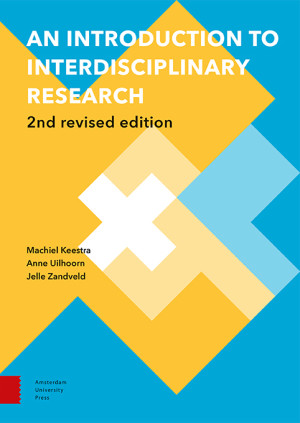We are increasingly realizing that, as a result of technological developments and globalization, problems are becoming so complex that they can only be solved through cooperation between scientists from different disciplines. Healthcare, climate change, food security, globalization, and quality of life are just a few examples of issues that require scientists to work across disciplines. In many cases, extra-academic stakeholders must be involved in order to arrive at robust solutions. Young academics are being called on to step beyond the boundaries of traditional disciplines to contribute to addressing fundamental, often societal problems. As a result of these developments, an interdisciplinary approach is becoming increasingly necessary and popular in higher education. Students need to learn more about how to integrate and apply knowledge, methods, and skills from different fields. The crucial step of integration within interdisciplinary research is treated extensively in this textbook, which contains a comprehensive ‘interdisciplinary integration toolbox’. In addition, students must learn to collaborate in teams. An Introduction to Interdisciplinary Research serves as a systematic manual to guide students through this interdisciplinary research process.


